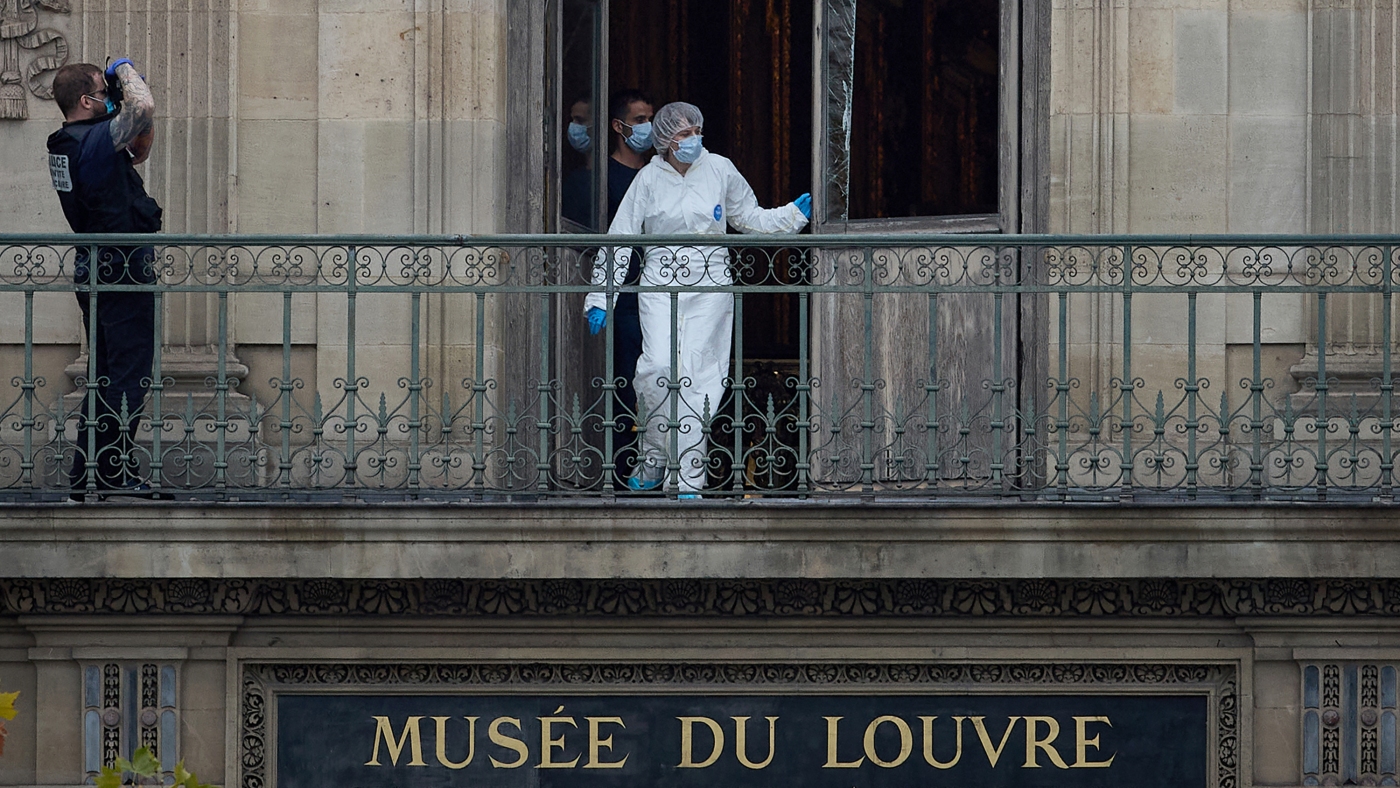
"Laure Beccuau, the lead prosecutor in the recent Louvre case involving the theft of more than $100 million worth of historic jewelry, suggested in an interview on French news channel BFMTV this week that the job could be the work of organized crime or commissioned by a major "sponsor." But lawyer Christopher Marinello, founder and CEO of Art Recovery International, a London and Venice-based group specializing in tracking down stolen works of art, dismisses the latter Hollywood scenario."
"Stealing art can, in fact, be far from lucrative. No reputable buyer will touch recognizable stolen pieces, which typically sell for just a fraction of their true value on the black market. "If you steal a Picasso, you have to keep it a Picasso," Marinello said. "It has to stay in one piece." However, Marinello said there's a much bigger upside to stealing diamond tiaras and emerald necklaces because they can be broken up and sold off as individual gems."
A lead prosecutor raised the possibility that the Louvre jewelry theft involved organized crime or a commissioned sponsor. An art recovery specialist rejects theft-to-order scenarios, citing 39 years without such a case. Recognizable stolen artworks are hard to sell and typically fetch only a fraction of their true value because reputable buyers avoid them. Paintings and famous objects must remain intact to retain any market value. Jewelry offers greater illicit profit potential because stones can be concealed, transported to jewelry centers like Tel Aviv or Antwerp, and recut into smaller gems for resale. Light penalties and vulnerable museum targets increase temptation.
Read at www.npr.org
Unable to calculate read time
Collection
[
|
...
]